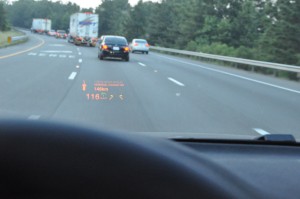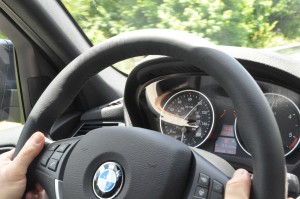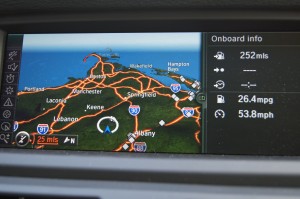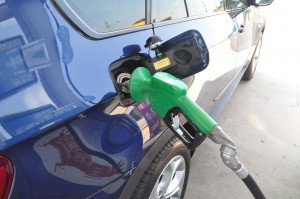2012 BMW X5 xDrive35d Diesel Six Month Review and Report
SIX MONTHS OF DRIVING THE BMW X5 XDRIVE35D
Our X5 is equipped with the same engine that was in our long-term 335d, a 3.0-liter straight six that uses Bosch common-rail direct fuel injection (feeding fuel at up to 26,000 psi) with a compression ratio of 16.5:1. The engine develops 265 horsepower and (achtung!) 425 pound-feet of torque. Thanks to the AdBlue system, the X5 is a 50-state diesel, which means it meets emissions requirements in all 50 states. The AdBlue system injects urea into the exhaust, making the Nox a non-issue.
that uses Bosch common-rail direct fuel injection (feeding fuel at up to 26,000 psi) with a compression ratio of 16.5:1. The engine develops 265 horsepower and (achtung!) 425 pound-feet of torque. Thanks to the AdBlue system, the X5 is a 50-state diesel, which means it meets emissions requirements in all 50 states. The AdBlue system injects urea into the exhaust, making the Nox a non-issue.
The first thing that I noticed, of course, was the massive torque, which has made passing slower traffic a non-issue. I haven’t noticed any turbolag to speak of and acceleration is very smooth. The engine compartment is very well insulated and my passengers are always surprised to find out it’s a diesel as little if any diesel noise or vibration is transmitted to the cabin.
The car feels firmly planted on the road, in part thanks to the suspension.  With the current-generation X5, BMW moved from a damper-strut front suspension to control arms, leaving a multilink setup in the rear. Potholes and ruts in the road are neatly contained by the suspension and passengers remain largely unaware. This doesn’t, however, mean that the driver and passengers are isolated from the road. Road feel is excellent and steering is quick and precise.
With the current-generation X5, BMW moved from a damper-strut front suspension to control arms, leaving a multilink setup in the rear. Potholes and ruts in the road are neatly contained by the suspension and passengers remain largely unaware. This doesn’t, however, mean that the driver and passengers are isolated from the road. Road feel is excellent and steering is quick and precise.
Christian Stampfer put it very well a few months ago: The handling was sporty yet comfortable at the same time, and highly uncharacteristic of a nearly six-thousand pound S.U.V.
I found the brakes to be exceptionally responsive, compared to other similarly-sized vehicles I have driven. This is largely due to the technology BMW employs:  the X5’s computers compensate for brake fade, dry wet brakes, hold the vehicle in place on hills, and prebrake if the driver were to abruptly lift his foot off the accelerator.
the X5’s computers compensate for brake fade, dry wet brakes, hold the vehicle in place on hills, and prebrake if the driver were to abruptly lift his foot off the accelerator.
Where the X5 really comes into its own has been the winding parkways of New York, especially the tight curves of their exit ramps. As Jonathan Spira commented, “It may be large but BMW kept the ‘sport’ component first and foremost in its DNA.”
The only problem we ran into with the X5 was a windshield wiper motor failure at around the 3,000 mile (4,800 kilometer) mark. Of course, it had to open during a massive rainstorm while I was en route to Maine with the three kids on board. We stopped en route at a local BMW dealership who was unable to help us beyond diagnosing that the problem was not simply a blown fuse. Once the weather cleared up a bit, we were able to continue and a dealership in Maine was able to quickly diagnose the problem and replace the necessary parts.
During the fuel shortages that accompanied Hurricane Sandy, we discovered another advantage of driving a diesel. While not every station near my home in Westchester carries diesel, there is more than sufficient availability. When fuel was in short supply and rationing was in force in many areas, there were hours-long lines for gasoline and no wait for diesel. Indeed, I was the subject of several angry (or perhaps jealous) looks when pulling up to the pump to fill up. On the flip side, diesel availability became a bit more tricky for a few weeks after the gasoline supply normalized, perhaps Karma balancing things out a bit.
At roughly 9,500 miles (15,000 kilometers), we had to take the car in for service to replenish the DEF (Diesel Exhaust Fluid). At that time, the workshop performed two mandatory services, one to replace outdated alternator bolts and the other to reprogram and code the CAS (Car Access System) unit.






















